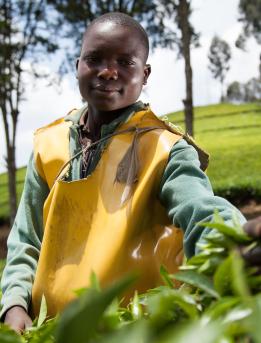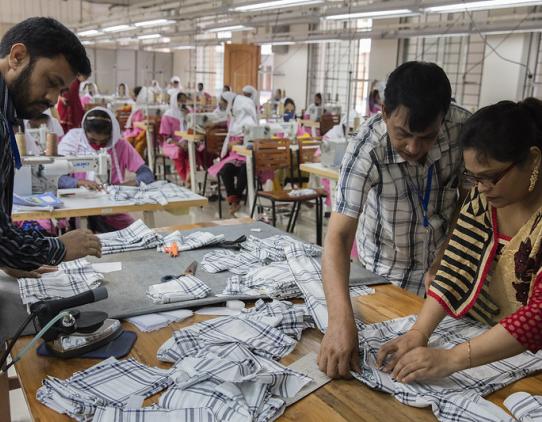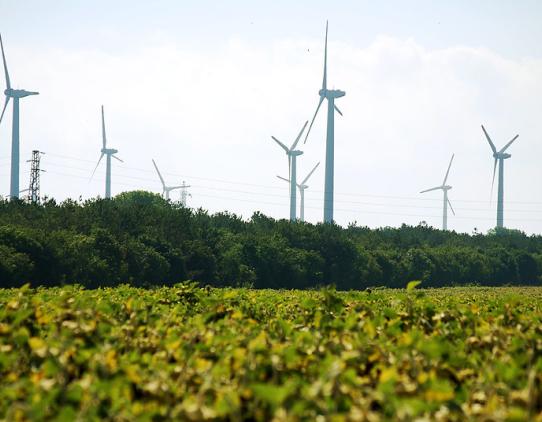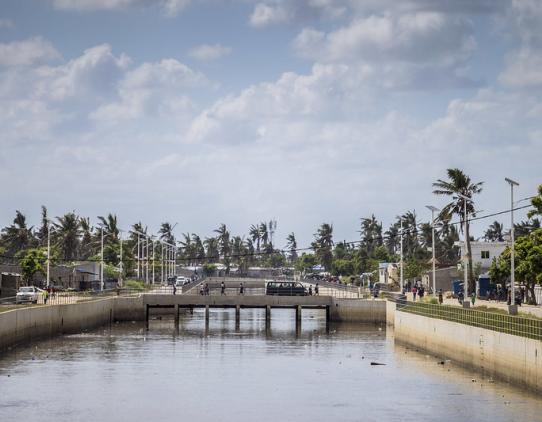
Pathways out of the Polycrisis
 Pathways out of the Polycrisis
Pathways out of the Polycrisis

The World Bank has set a clear mission: ending extreme poverty and boosting shared prosperity on a livable planet. Yet, the current polycrisis – where the multiple crises of slow economic growth, high debt, increased fragility, rising climate risks, and heightened uncertainty have come together at the same time – poses severe challenges for national strategies and international cooperation toward development goals.
IDA countries have high concentrations of extreme poverty, with these countries accounting for 7 in 10 people living in extreme poverty today. In these settings, higher growth is an essential foundation. Middle-income countries have successfully exited low-income status and been able to reduce extreme poverty substantially. However, they are struggling to maintain the momentum needed to reach high-income levels and lift people above the $3.65 and $6.85 poverty lines. Meanwhile, wealthier nations hastening climate mitigation could significantly alter the distribution of future environmental risks worldwide. Although emissions in these settings are projected to decline under current policies, current progress especially in high-income countries is not nearly fast enough to limit global warming.
This report explores how countries can navigate through the polycrisis, taking seriously the trade-offs and complementarities across objectives that are embedded in different policy approaches. It assesses progress toward achieving the interlinked goals, outlines promising pathways to move forward, and proposes priorities tailored to countries’ specific needs.
Download Report Executive Summary Key Policy Messages
Key Policy Messages
The report sheds light on where policy attention should be placed from a broad global perspective. Click on each card to read more.
Low-income and fragile countries need to prioritize poverty reduction by fostering investment in human, physical, and financial capital.

Low-income and fragile countries need to prioritize poverty reduction by fostering investment in human, physical, and financial capital.
- To maximize impact on poverty reduction, growth must be inclusive by creating job opportunities while ensuring that those living in poverty can take advantage of these opportunities (for example, through quality education).
- Promoting economic growth, basic investments, and insurance is fundamental to sustainably improve lives. Those actions reduce multidimensional poverty and enhance resilience against extreme weather and other shocks.
Middle-income countries must prioritize income growth that reduces vulnerability while pursuing synergistic actions.

Middle-income countries must prioritize income growth that reduces vulnerability while pursuing synergistic actions.
Without action, many lower-middle-income countries will surpass higher-income peers in absolute levels of emissions.
- Accelerating economic growth, enhancing the productive capacity of poorer households, and managing risks are key.
- Scaling up synergistic policies that can contribute to all goals is critical—e.g., tackling local environmental hazards such as air pollution can provide multiple gains.
High-income and upper-middle-income countries with high emissions must accelerate mitigation while managing transition costs.

High-income and upper-middle-income countries with high emissions must accelerate mitigation while managing transition costs.
- Potential transition costs associated with climate mitigation must be managed—particularly for people living in poverty and for the most vulnerable.
- Upper-middle-income countries also have a significant share of the population facing climate risks, and it is in their own population’s interest to accelerate the transition process to protect them from future hazards.
Advancing on these interlinked global challenges requires a solid foundation of evidence.

Advancing on these interlinked global challenges requires a solid foundation of evidence.
- Across the board, more reliable, granular, and timely information is needed to address these complex policy issues.
- More investment is needed to strengthen national statistical systems and to design innovative approaches to advance data and modeling for welfare analysis.
- Data should be made public to better monitor policy impacts and facilitate policy design.
- Data efforts should also invest in understanding other dimensions of well-being, such as deprivation in access to services, health, or food security.
Urgent and coordinated global action is essential to meet these interlinked goals.

Urgent and coordinated global action is essential to meet these interlinked goals.
Potential policy pathways often differ drastically depending on a country’s historical development trajectory, access to technology and financing, and national priorities.
- Countries must prioritize actions that will have the highest returns for development, which means changing how they approach their national development strategies and their contribution to global public goods.
- Ending poverty and boosting shared prosperity on a livable planet will require novel ways of organizing economic activity.
International development cooperation is critical to help close financing gaps.

International development cooperation is critical to help close financing gaps.
The COVID-19 pandemic, inflation, and the global economic slowdown have exacerbated the already high debt levels in poorer countries.
- Closing financing gaps for sustainable development is critical to enable the transition toward more sustainable, low-carbon, and resilient economies.
- Lower-income countries will need substantial and immediate investment in both adaptation and mitigation actions.
- International development cooperation needs to play a larger and more effective role, and there is a pressing need for more and better alignment of funding.
 Multimedia
Multimedia
 Other Links
Other Links
Parliamentary Podcast Series
Podcast episode discussing Poverty, Prosperity, and Planet presented by the Parliamentary Network on the World Bank and the International Monetary Fund.